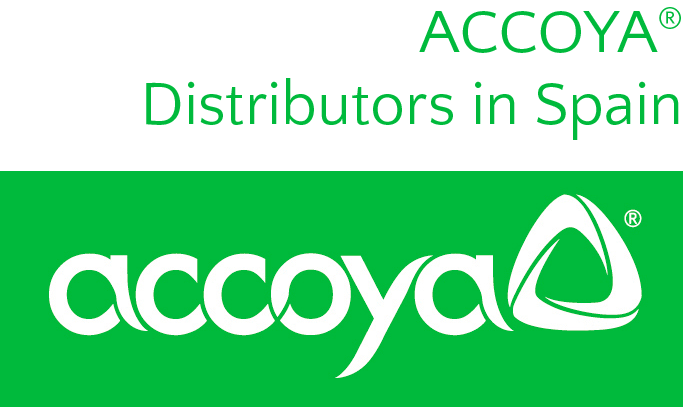The city of the future imagined by Toyota is wooden
Woven City will be built at the foot of Mt. Fuji. It is a prototype of a sustainable city thanks to the use of renewable energy and wooden buildings.
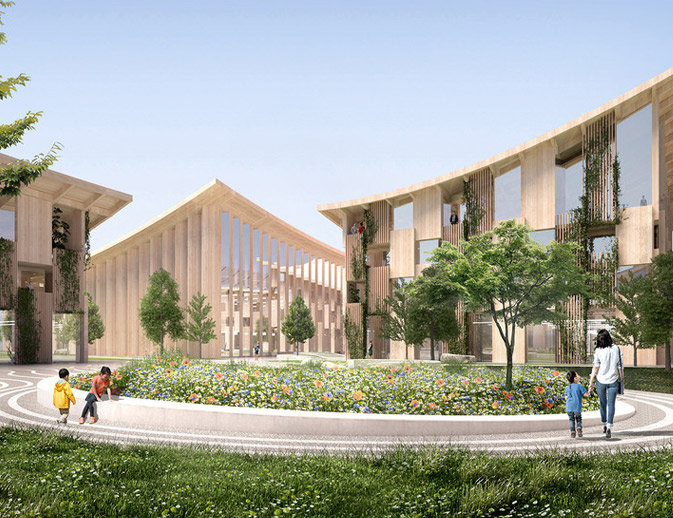
Photo courtesy of BIG Bjarke Ingels Group
One of the main worldwide manufacturers of vehicles, whose products run on one of the most polluting fuels that exists, has begun to build sustainable cities. From this paradox, one hundred percent human, we can draw one conclusion above all: the future that is coming is marked by sustainability and ecology.
Of course, architecture is the main pillar on which this future rests. Specifically, sustainable architecture. Luckily, today the majority of architects imagine spaces for life taking into account the circular economy, energy efficiency and the use of sustainable construction materials.
In this regard, there is no doubt that wood is the fundamental, decisive ally of architectural projects with an ecological calling. Thus, Woven City demonstrates this, the city of the future imagined by Toyota.
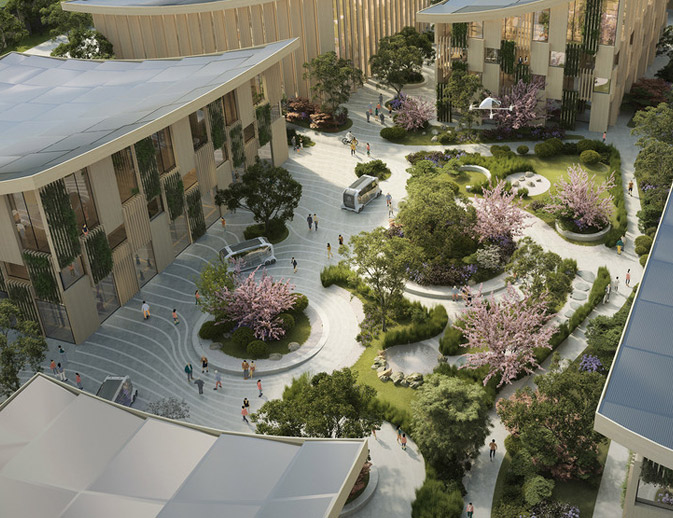
Photo courtesy of BIG Bjarke Ingels Group
Innovation: wooden buildings
At the last CES, the leading electronics fair held in Las Vegas, Toyota presented Woven City, its prototype for a smart city. The purpose of this urban space, approximately 700 m2, is to house 2,000 people including families of employees, scientists, traders, partners of the company and, in general, anyone who wants to be part of this community.
Woven City’s energy will be generated by hydrogen fuel cells. The air quality will be boosted with native hydroponic vegetation (supply of nutrients without the need for agricultural soils). The homes are supplied with the latest in domotics and artificial intelligence.
The innovation of the city of the future by Toyota is also clear in its construction. The buildings in Woven City will be almost entirely made of wood. This choice, which does not surprise us, aims to reduce the environmental impact, minimising its carbon footprint to the maximum.
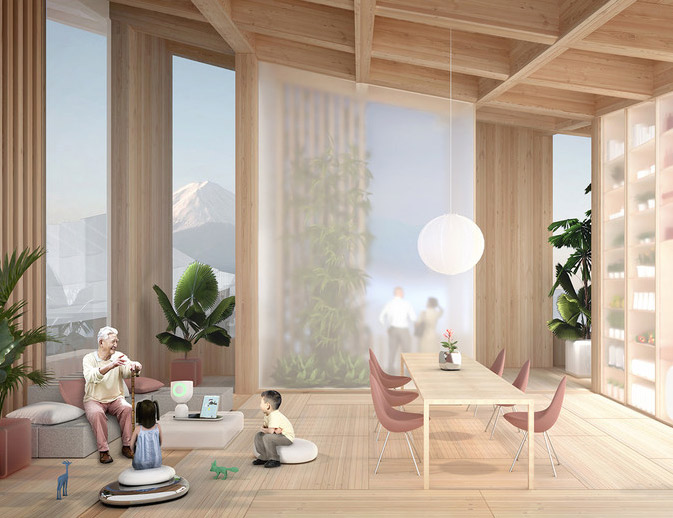
Photo courtesy of BIG Bjarke Ingels Group
Certified wood, the perfect sustainable material
Wood has it all. It is natural, renewable, ecological, yes; but good wood is also beautiful, warm, friendly… In addition to its aesthetic qualities, its functional properties of durability, resistance and versatility make it an essential material in creative, sustainable architectural projects.
Structural use of oak glulam beams
Thanks to technology, at GRUPO GÁMIZ we have been able to manufacture VIGAM, the only oak glulam beam in the world with the CE marking for structural use. This means that wooden beams are no longer a resource merely for interior design and decoration, they can, like in Woven City, help develop sustainable projects full of unlimited creativity and imagination.
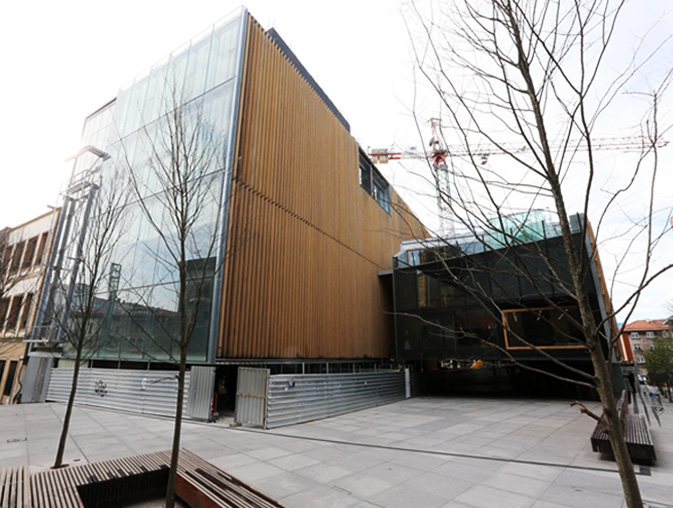
Music School, Getxo Product: Oak glulam | Photo courtesy of El Correo
For example, oak glulam beams with the CE marking for structural use can be used to build one hundred percent wooden curtain walling, a sustainable and aesthetic solution for lightweight façades, that do not require any other non-sustainable materials, such as steel and aluminium.
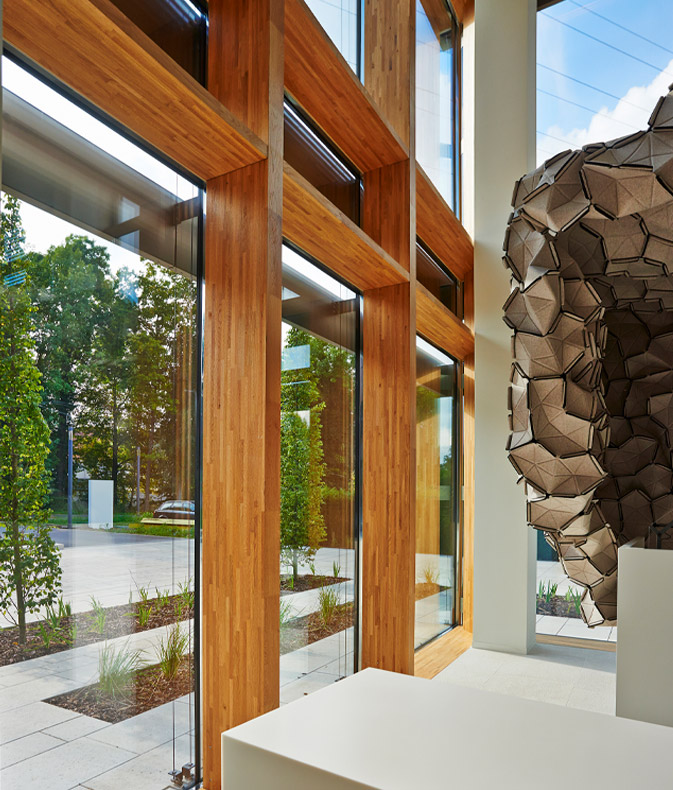
Enovos, Luxembourg |Arch: Jim Clemes | Product: Oak glulam – curtain wall
The past, present and future are made of wood
Woven City, forecast to begin construction in 2021 (although its general concept may be affected by the coronavirus) was designed by the BIG studio of the Danish architect Bjarke Ingels. The news of the project has been welcomed with a sense of curiosity, and applauded by fans of all things technological.
It has also awakened debates within the field of architecture. There have already been sceptical voices pointing out that this city project is merely a laboratory for testing self-driving cars (an objective which the company includes in their own presentation of the project). This criticism is in addition to the opinions of many architects suspicious of how natural and organic “smart cities” actually are, with some even thinking that they are a threat to democracy.
The only thing that is not in question is wood, the eternal unfailing partner of architecture and construction.

